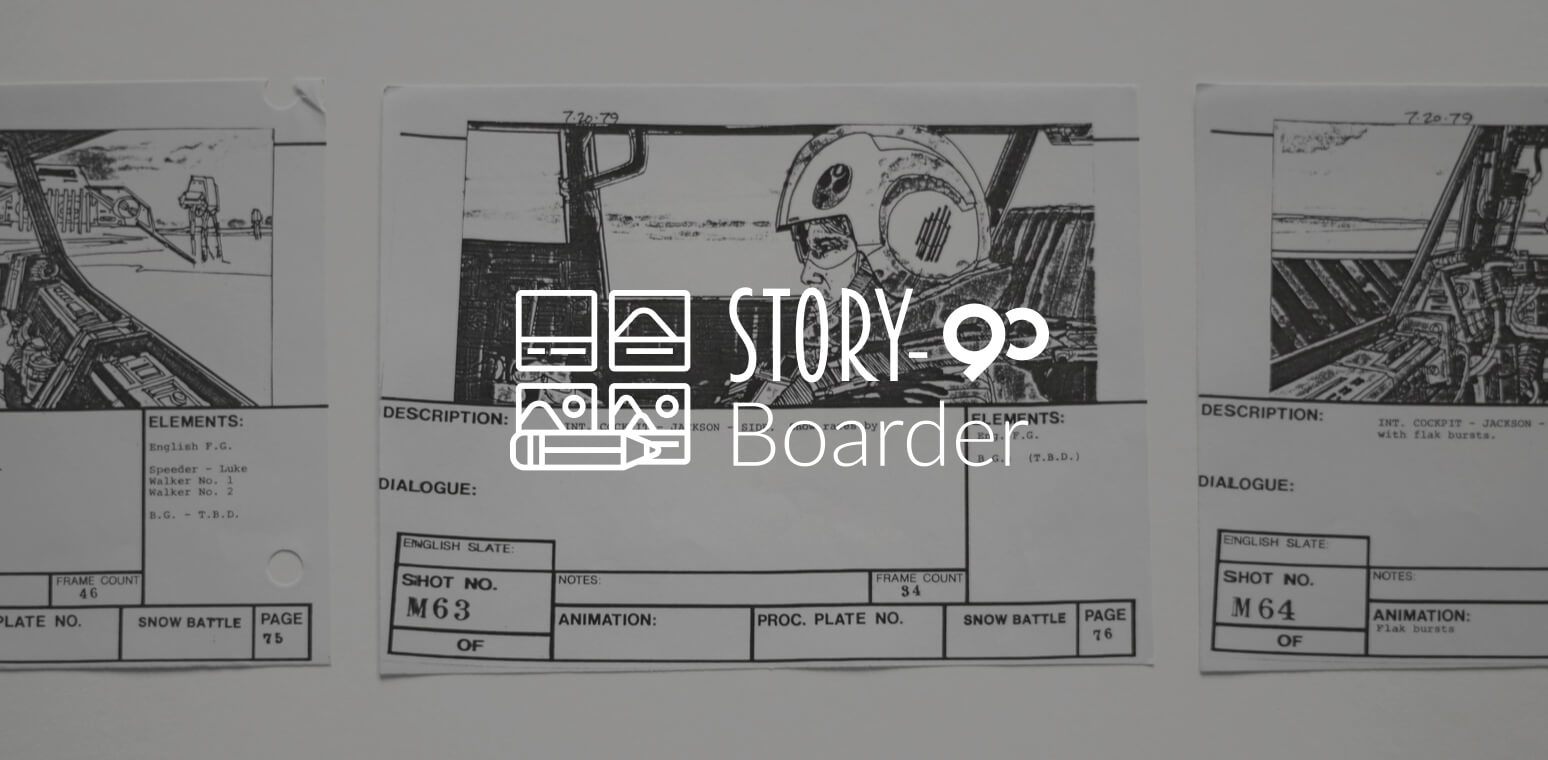Hi,
Get in touch with us today to chat about your next project.

Working from a script, a storyboarder plots out a video’s action panel by panel. Storyboarding as a technique may have originally been developed by Disney for animated features, but today the technique is also used in live-action video productions.
Here, “story” doesn’t necessarily mean fiction: informational videos also rely on storyboard artists for planning scenes. A freelance storyboard artist must be a master of layout, composition, and sequential art.
Be mindful of cinematography whenever you sit down to watch a movie, cartoon, or even a commercial.
File away shots and camera angles into your mental library for later use. Storyboarders don’t tend to work from photo references — your panel layouts need to come from your mind’s eye.
While it’s not necessary for a storyboarder to be an amazing artist in the traditional sense, you’ll still need to be able to clearly visualize dynamic ideas. Constant practice is the only way to hone this skill.
Intricate details may not be needed, but that’s partly because storyboarders are expected to work fast.
To be able to support yourself financially as a freelance storyboard artist, you’ll need to be able to produce as many as a couple dozen panels every day.
To properly market yourself — and refine your technique — you’ll probably need to specialize. Whether it’s 2D animation, computer animation, music videos, advertisements, television programs, or full-length motion pictures, figure out what you’d like to work on and focus on that.
Since storyboarding and writing are two different roles, you’ll need to be an effective team player. Storyboard artists work with others to figure out the best way to bring each scene to life.
Just like actors often need to do multiple takes, storyboard artists must often go through many revisions to get things right. You’ll need to be able to stay flexible and gracefully accept criticism.
Because storyboarding today has its roots in animation, learning animation techniques is a natural step for many freelance storyboarders. If you’re looking for something between the two, motion comics — also called video comics — is a newer storytelling medium that blends still panels with limited movement.
Many storyboarding skills can also be easily translated to the role of director or cinematographer. Finally, if you’re more interested in telling your own stories rather than adapting the ideas of others, script writing may also be right for you.